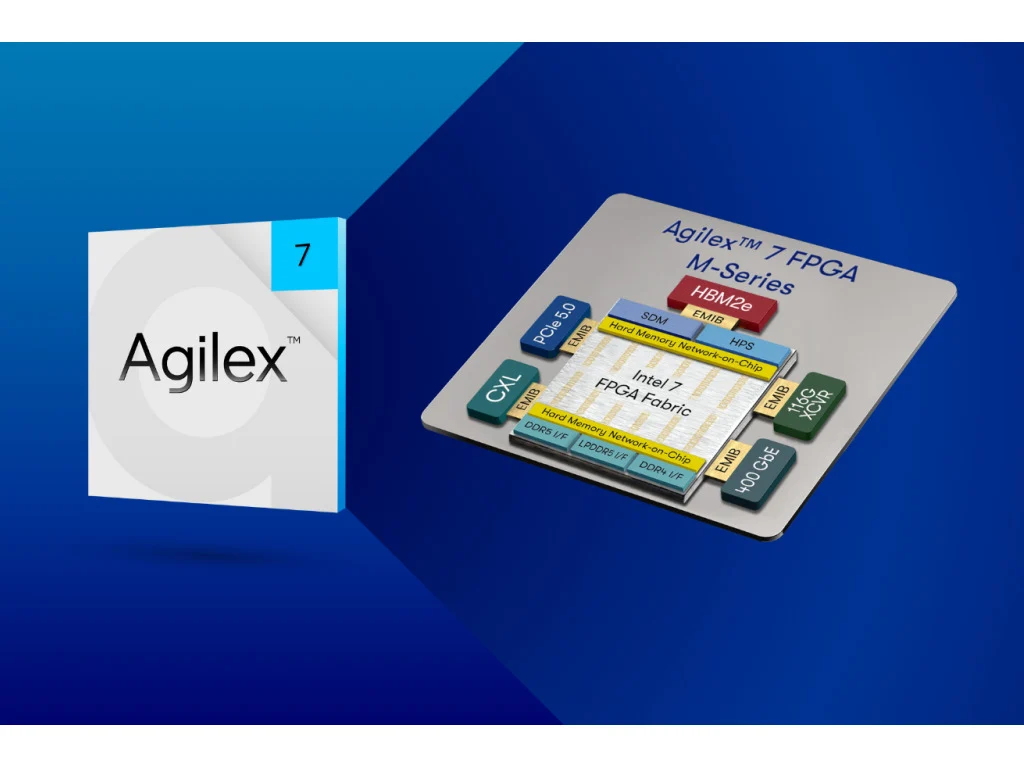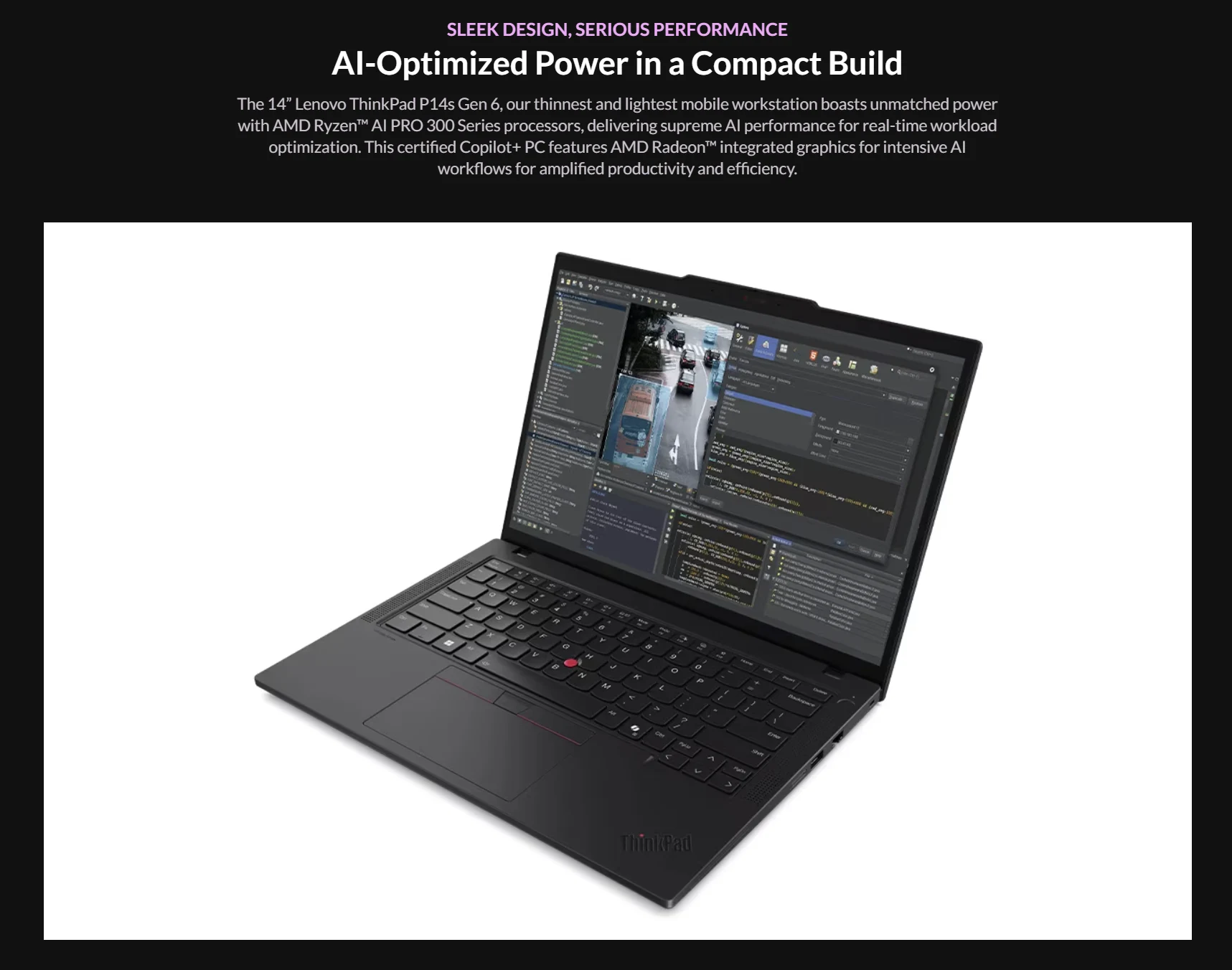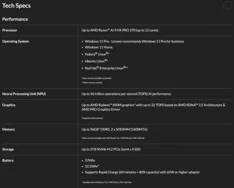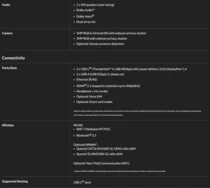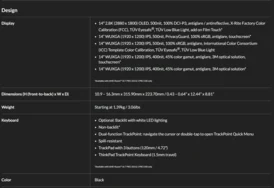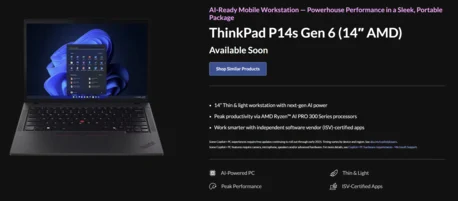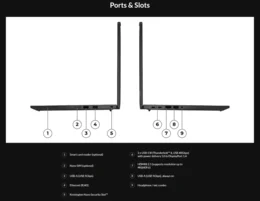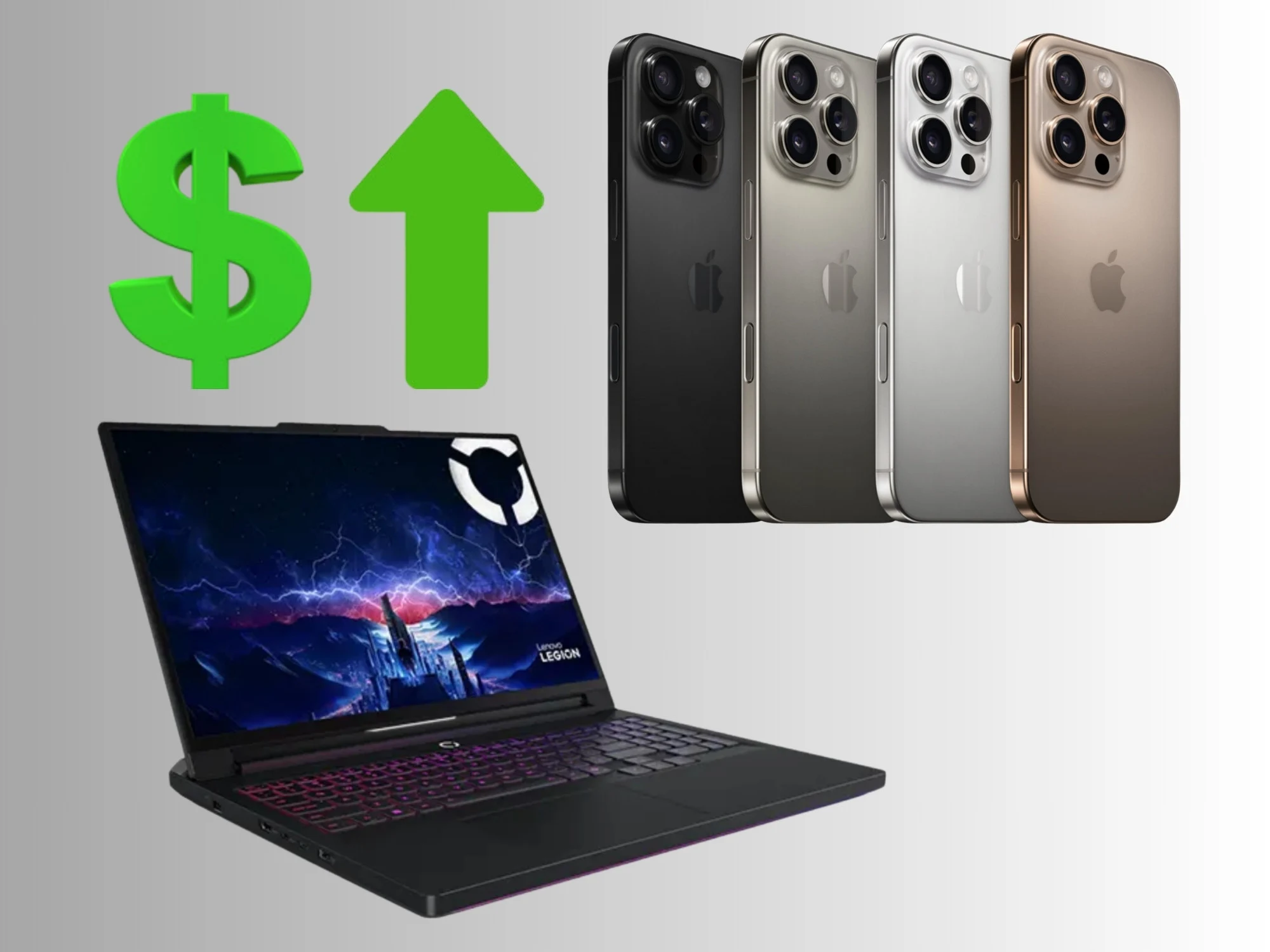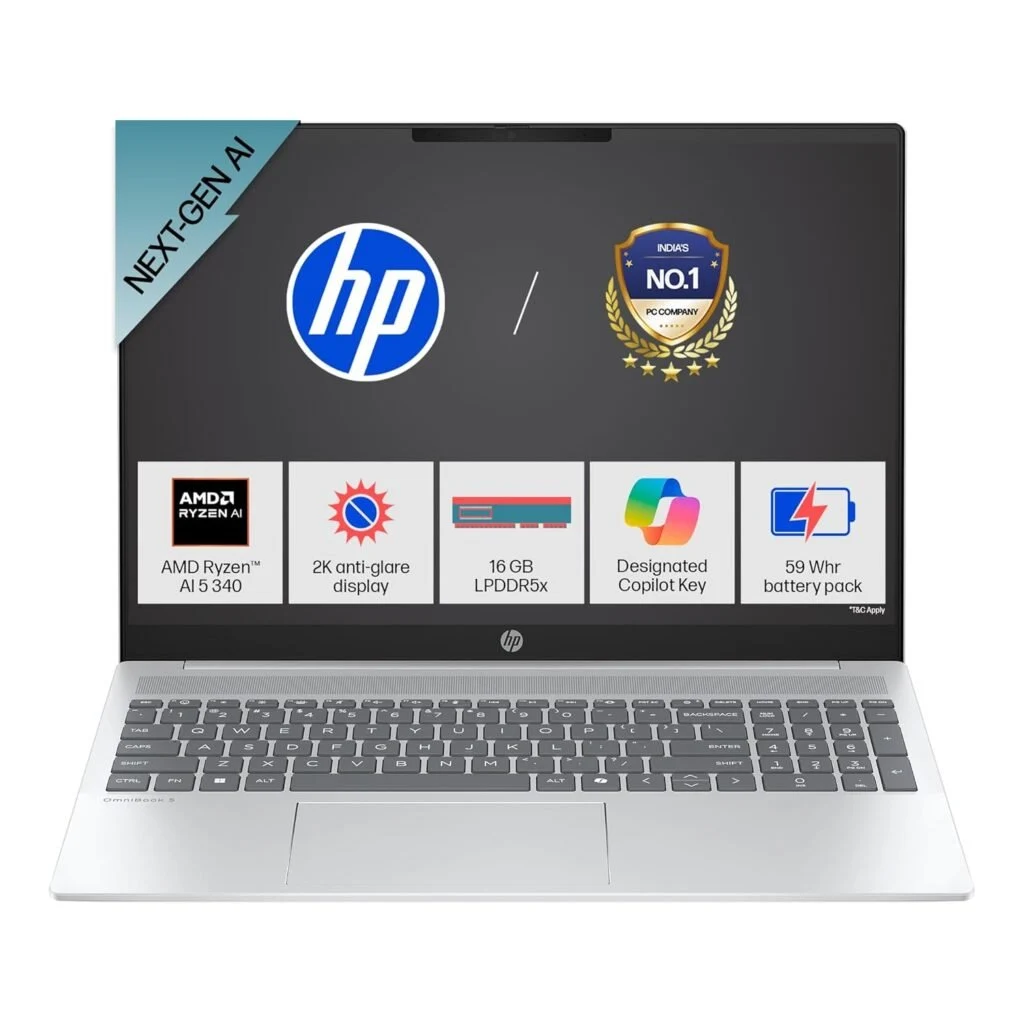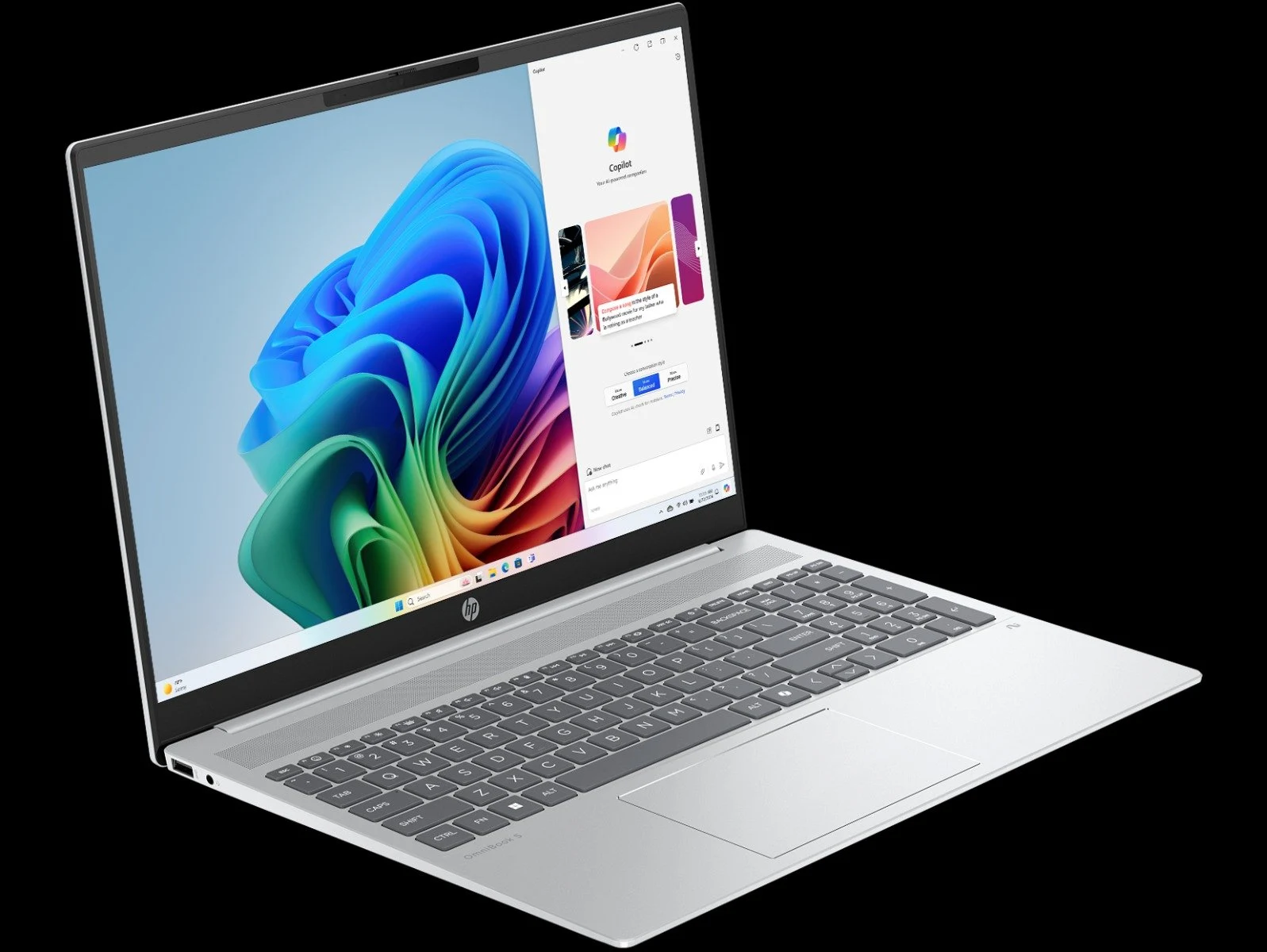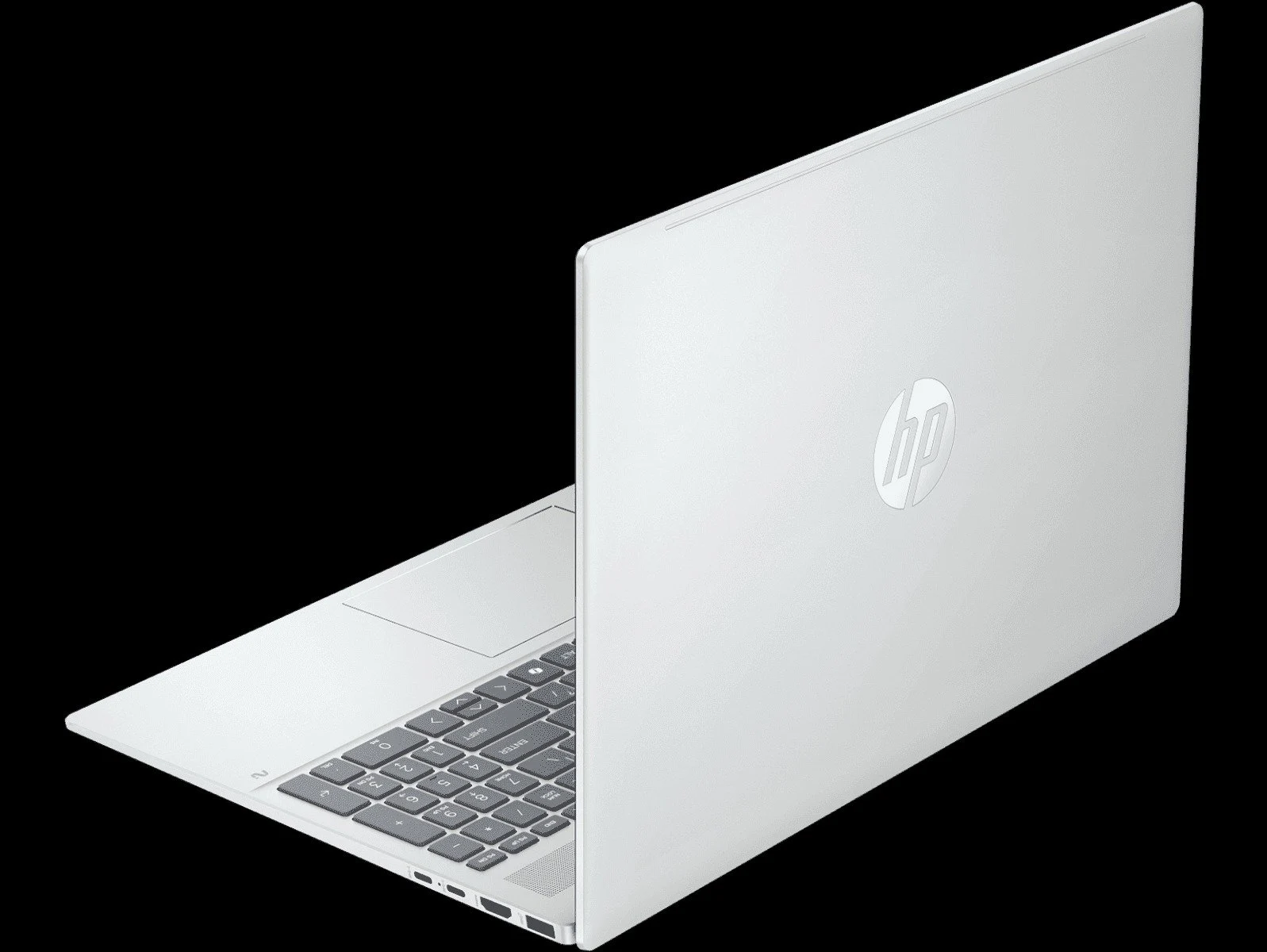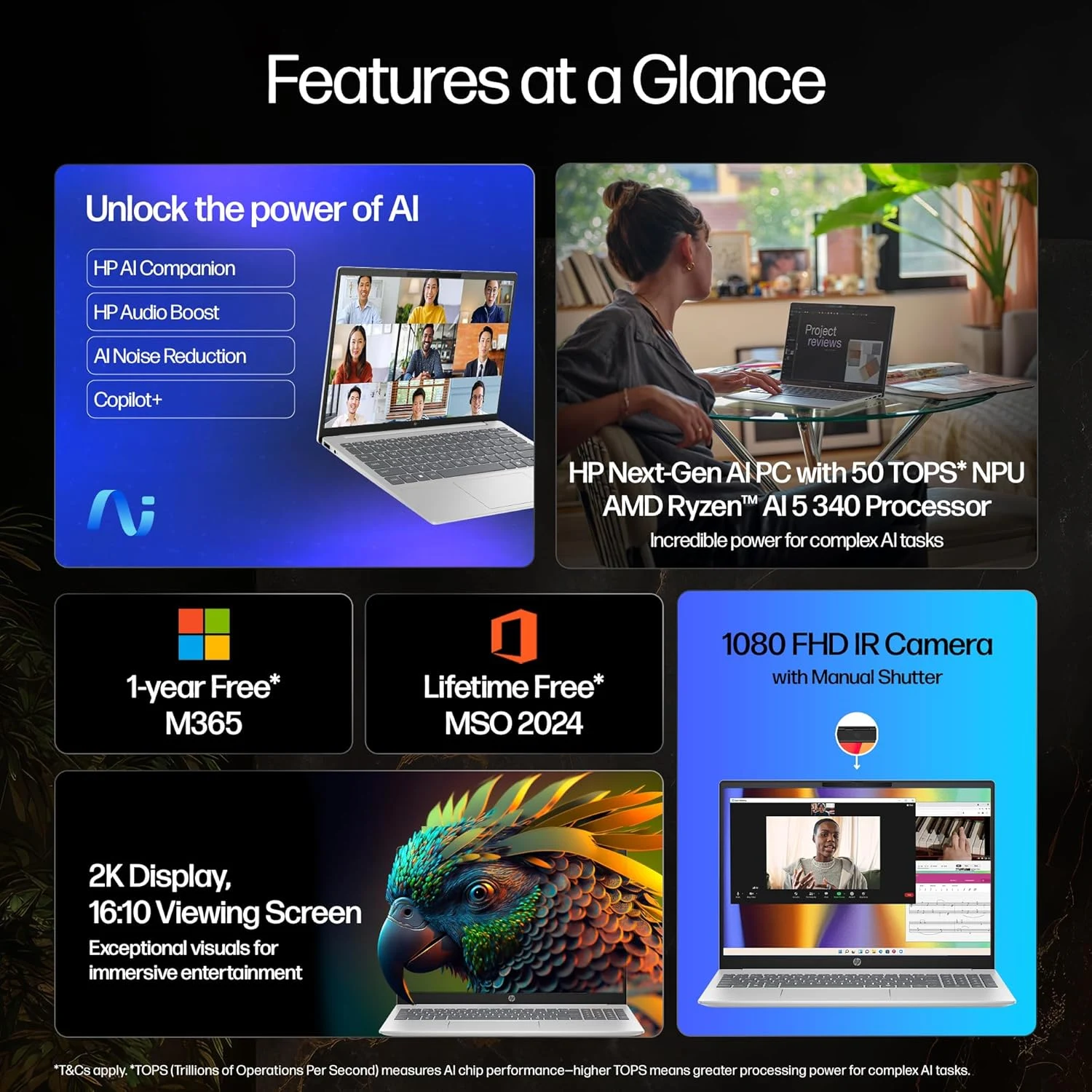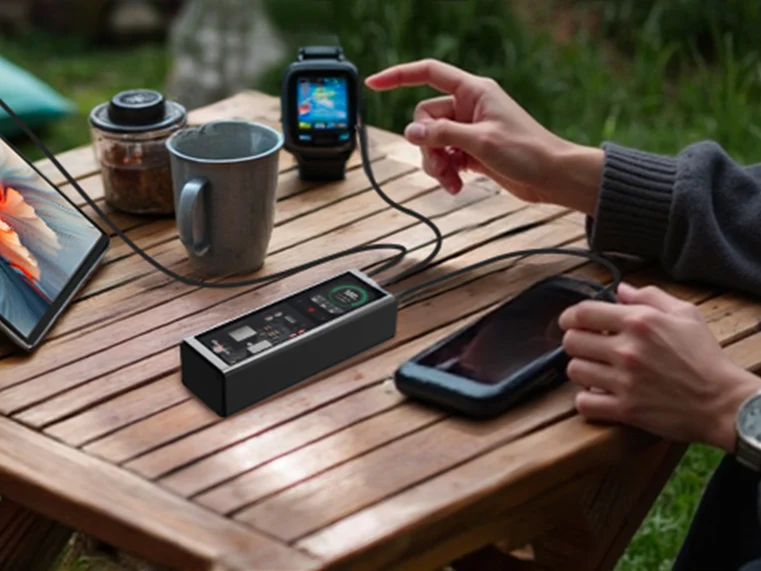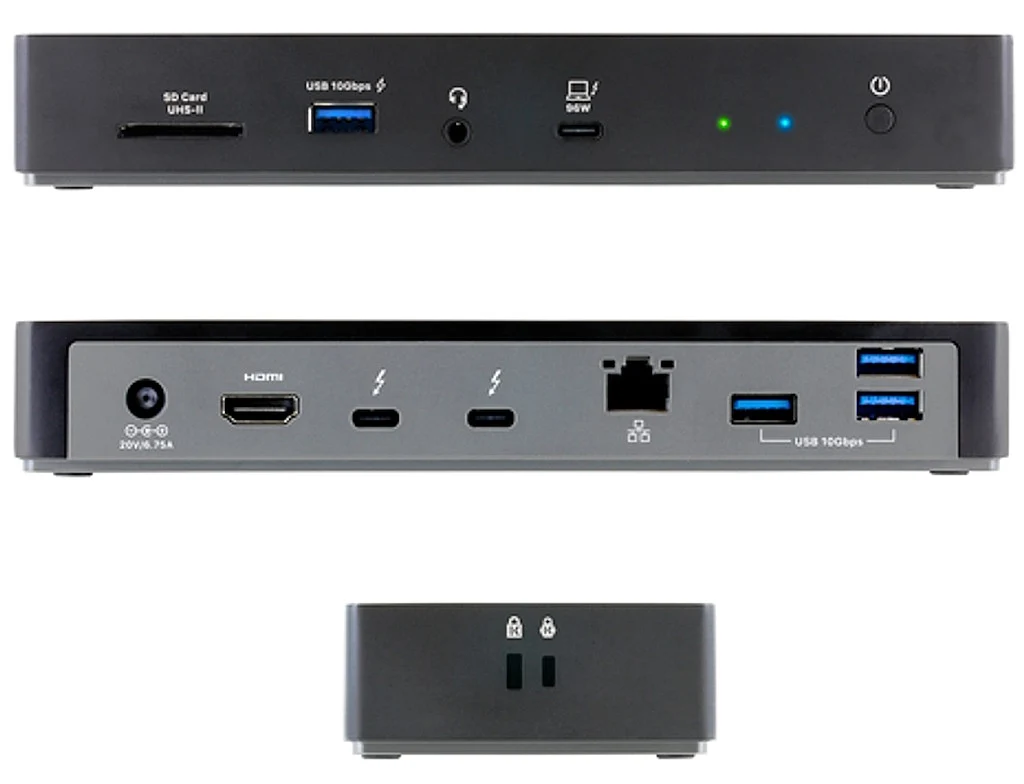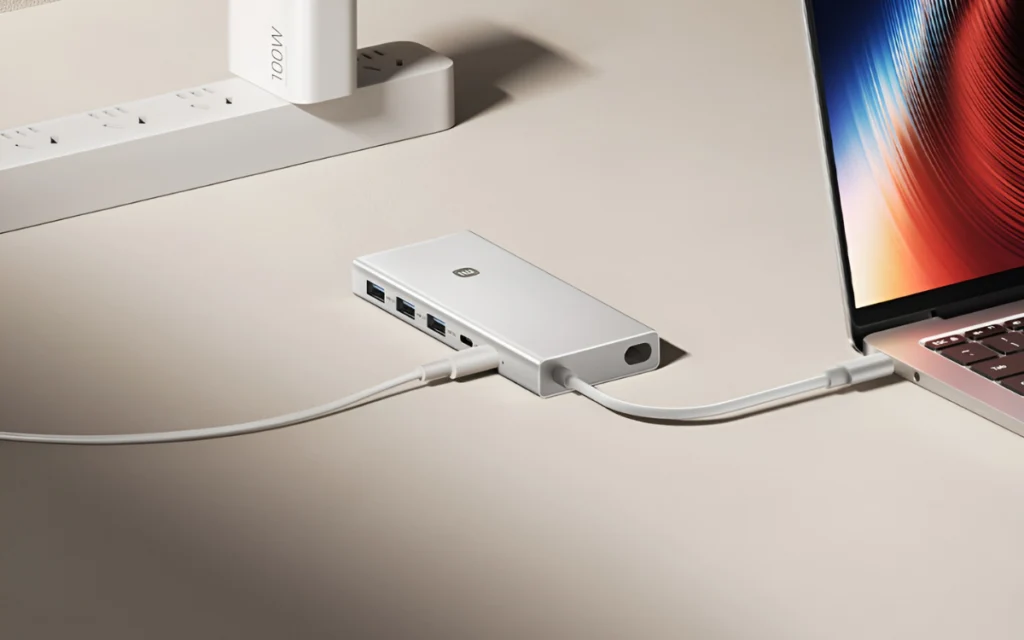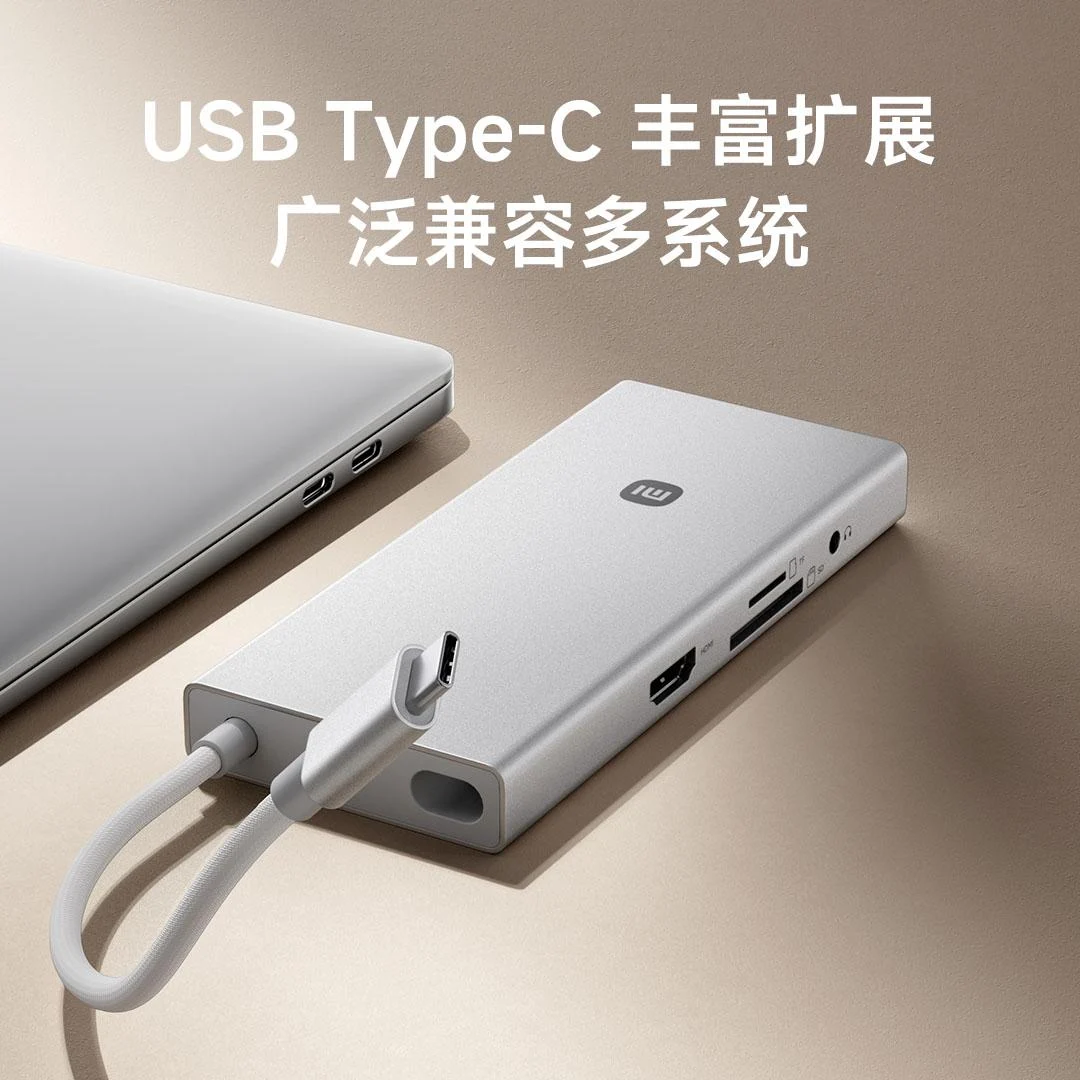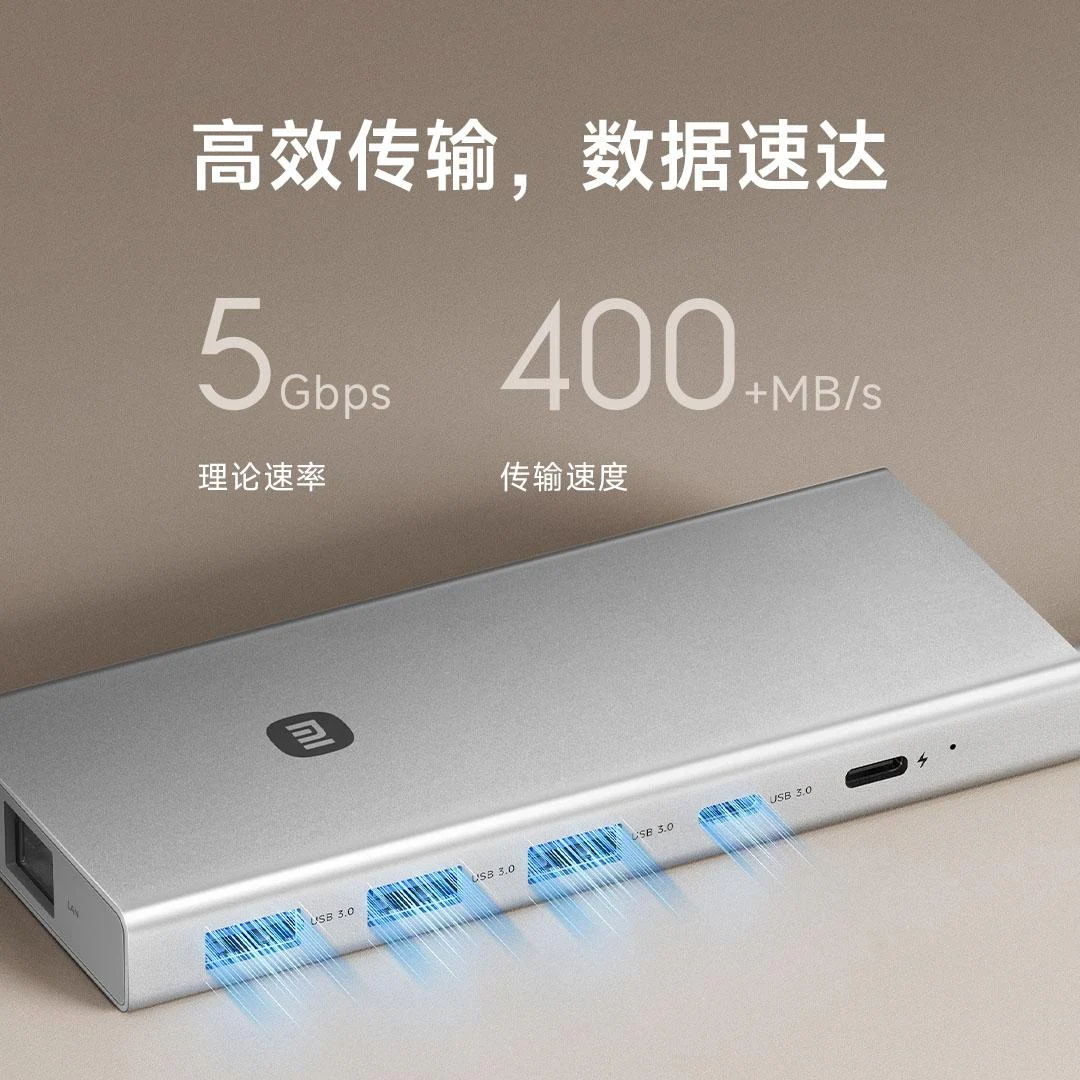Key Takeaways
1. Intel is selling its FPGA unit, Altera, to Silver Lake for $4.46 billion, significantly less than its original investment of $17 billion in 2015.
2. The deal will provide Intel with $3.4 billion in cash and is aimed at improving the company’s focus and financial health.
3. Altera’s CEO, Sandra Rivera, will resign, and Raghib Hussain from Marvell Technology Inc. will become the new CEO.
4. Altera is a leading supplier of programmable chips, including FPGAs and SoCs, with applications across various industries.
5. The transaction is expected to close in the latter half of 2025, after which Altera will operate as an independent entity.
Intel is set to hand over its FPGA unit, Altera, to the private equity firm Silver Lake for a sum of $4.46 billion. This transaction values Altera at $8.75 billion, which is almost 50% less than the $17 billion Intel invested in 2015.
Cash Flow and Strategic Focus
As reported by Bloomberg, Intel will gain $3.4 billion in cash from this deal. Intel’s CEO, Lip-Bu Tan, expressed that this decision will “sharpen” the company’s focus, decrease its cost structure, and enhance its financial standing.
Leadership Changes
With this transition, Altera’s CEO, Sandra Rivera, will resign, and Raghib Hussain, who is the president of products and technologies at Marvell Technology Inc., will take over her role.
Kenneth Hao, who is the chairman and managing partner at Silver Lake, mentioned that this investment represents “a once-in-a-generation opportunity to invest in a scale leader in advanced semiconductors.”
Altera’s Market Position
Altera is recognized as a top supplier of programmable chips, such as Field-programmable Gate Arrays (FPGA) and System-on-a-chip (SoC) components. These chips can be adapted for a wide range of uses, including data centers, communication systems, industrial automation, and much more.
The agreement is expected to finalize in the latter half of 2025. After the transaction is complete, Intel will detach Altera’s financial data from its own, allowing Altera to function as a completely independent entity.
“Altera is in a strong position to capitalize on its current momentum and create groundbreaking FPGA-based solutions that are influencing the future of computing driven by AI,” said Hussain. “I deeply appreciate the contributions Sandra has made and the team she has assembled as we embark on Altera’s new growth journey.”
Source:
Link

